Kostas Balafas has been a leading name in Greek and world photographic circles for over 70 years. His artistic work is universally admired and much has already been written on this subject. Yet it is also interesting to learn a little more about the man himself.
By understanding something of his personal philosophy, as he lived, as he drew his own inspiration, we are better able to view his work with new insight and within the context of a tumultuous century in the history of the Greek nation.
Everyone who came into contact with him acknowledges that Balafas was an enlightened man, a creator. The way in which he lived his life and his attitudes to everything around him create an impression of modesty and decency.
His general kindness and even his willingness to transfer his knowledge to young students of photography is regrettably rare in the era in which we live, where jealous ambition too often restricts the flow of knowledge and the symptoms of vanity commonly mislead photographic expression.
His work clearly demonstrates his own deep social concern. His images are realistic and above all, humane. His aesthetic background and his approach to his artistic work have proved to be an invaluable educational guide for young photographers.
Not least, Kostas Balafas has taught us to photograph what appeals to us, to love our photographic subject, and also to respect it: To approach it closely, with an open mind and without bias. This is in fact, the only way in which we can hope to discover its fundamental truths and inherent beauty.
Humanity
For Kostas Balafas, humanity was the most fascinating theme in the world. For this reason, the first role in his photographs is always devoted to mankind; mankind facing periods of struggle and hardship, revelling in joy and laughter, enduring sadness and loss.
Throughout his work, his lens is turned not only to capture images of the quintessential moments that shape the lives of his subjects, but he is equally interested in the everyday tasks and events that too many people take for granted. Whatever the theme, it is the humanity of the scene that permeates his work.
The photographic work of Kostas Balafas stems from an uncompromisingly sincere open-minded approach to documentary photography based on his deep social concern. It is an approach deeply rooted in his respect for people as valuable individuals. This invariably results in photographs stamped by discretion and empathy, and even affection, for his subjects.
His sincerity of mind has also enabled him to develop the unique relationship with his subjects that are so characteristic of his work, meaning that they allow him into even intimate, and sometimes very painful, moments of their lives in a very natural way.
Here at the Leica Academy of Athens, we are very proud to have Kostas Balafas as our spiritual father who taught creative photography to our students for over 25 years.

Kostas Balafas, 1920-2011
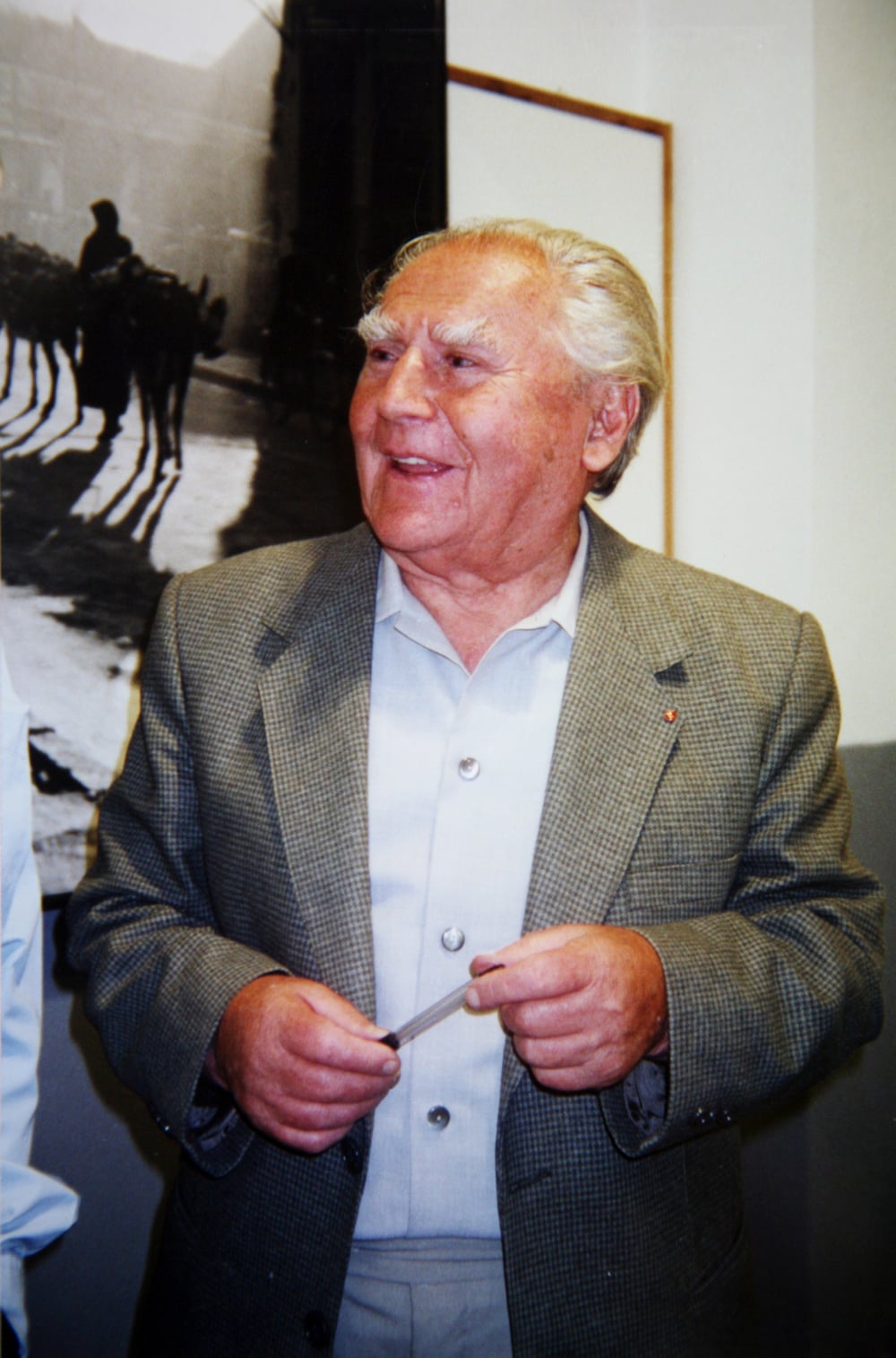
Kostas Balafas (Κώστας Μπαλάφας) was born in 1920, in a village of Tzoumerka in the mountainous Arta region. He discovered photography shortly before the second world war in Ioannina where he worked and studied.
Self-taught, he began to take photographs on a regular basis in 1940—especially when he went to Epirus to join the partisans, in order to record their struggle against fascism.
In 1951 he became head of the architectural plan reproduction section of the state electricity company (DEH) and was responsible for recording many of the important developments in post-war industrialisation.
He was one of founding members of the Hellenic Photographic Society.
Kostas Balafas travelled many times throughout Greece taking photographs. He lived in Athens and he taught creative photography at the Leica Academy of Athens.
He never sold his photographs.
The early years in mono
More recent colour work

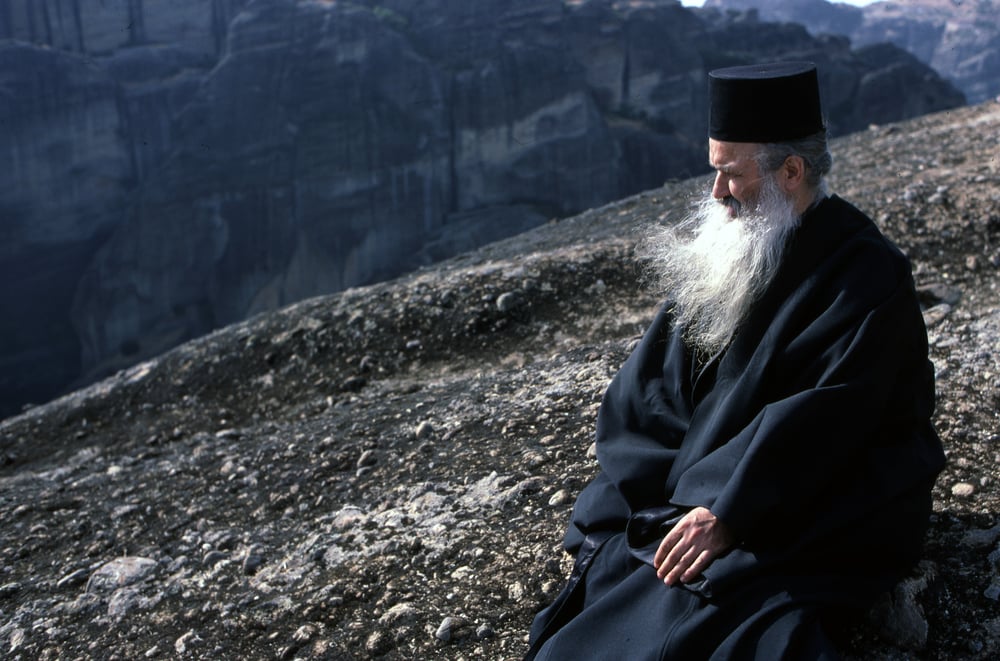
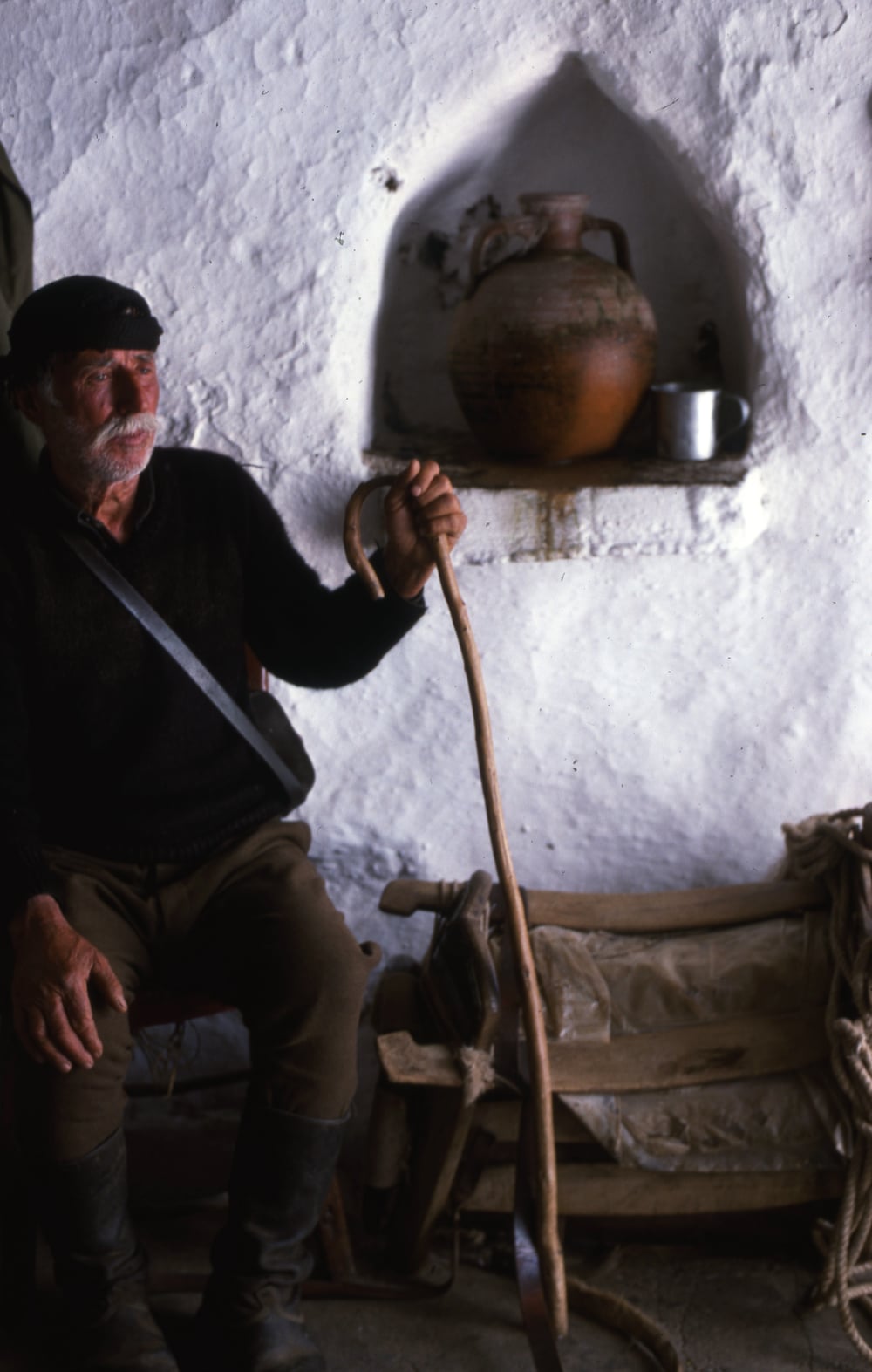
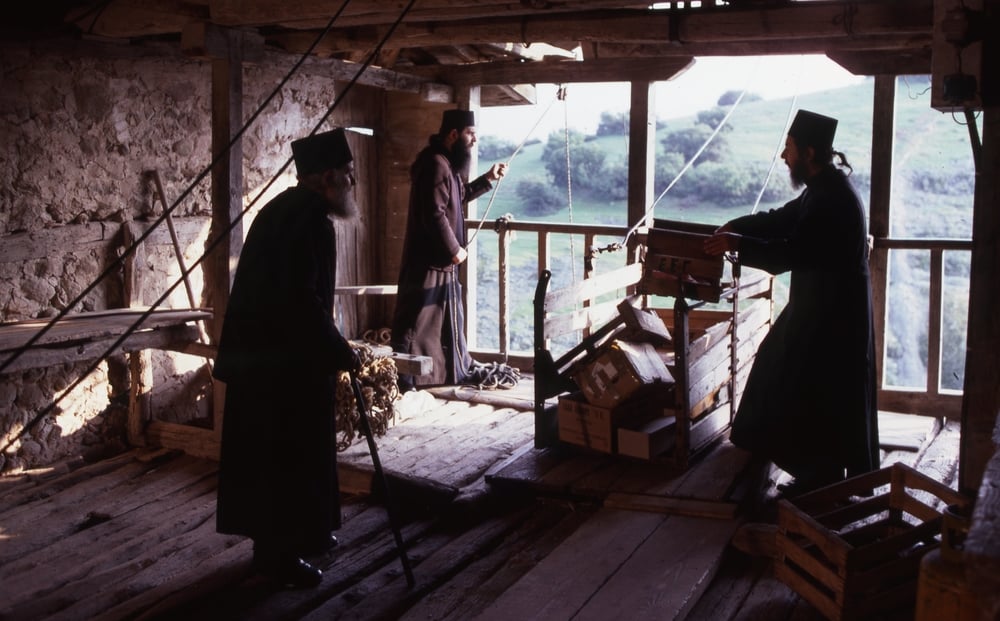
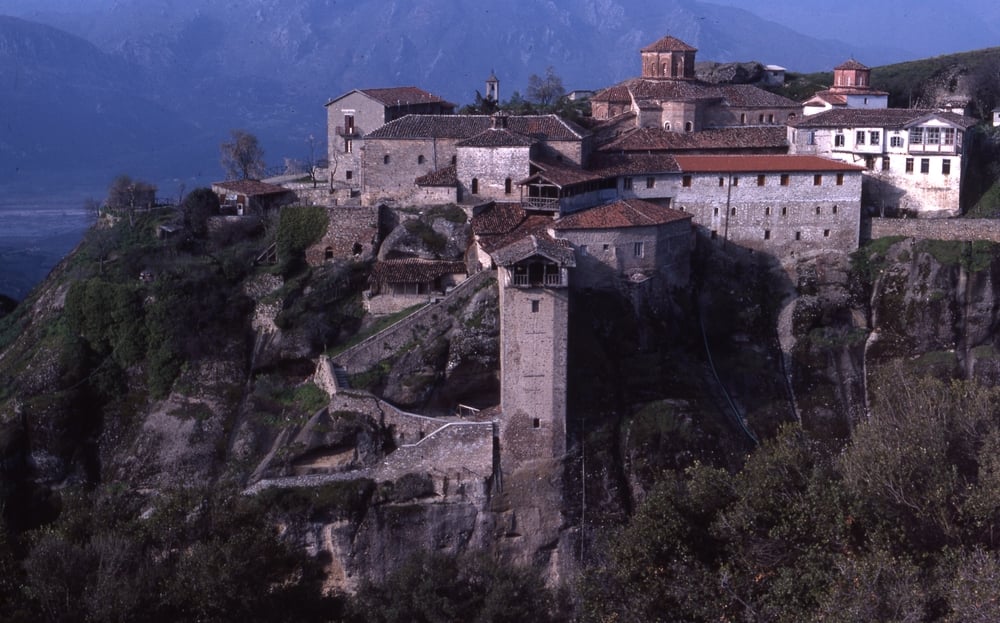
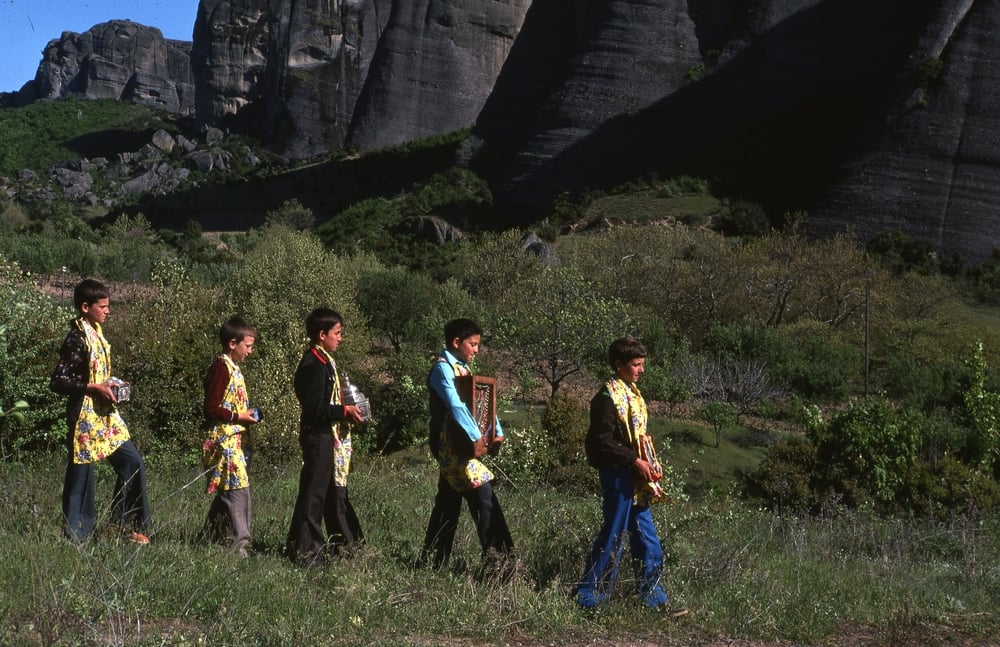
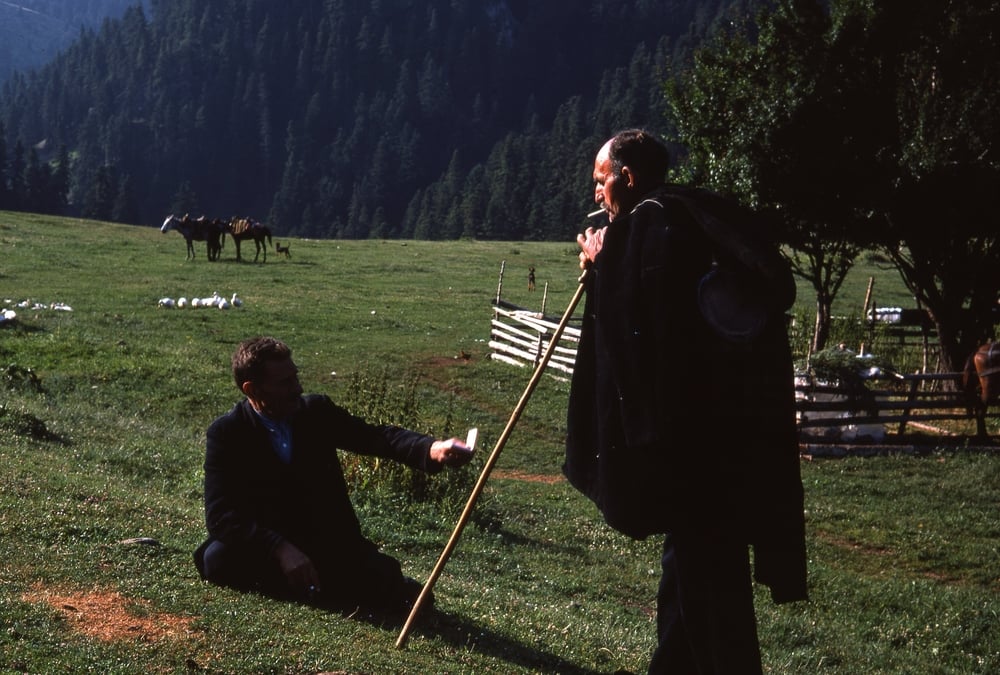
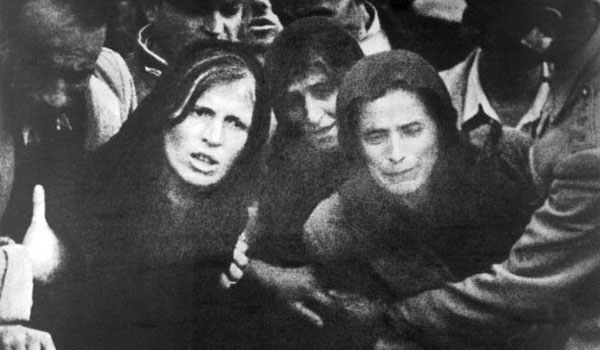
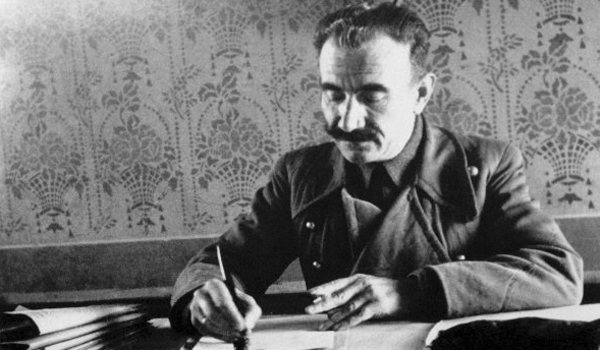
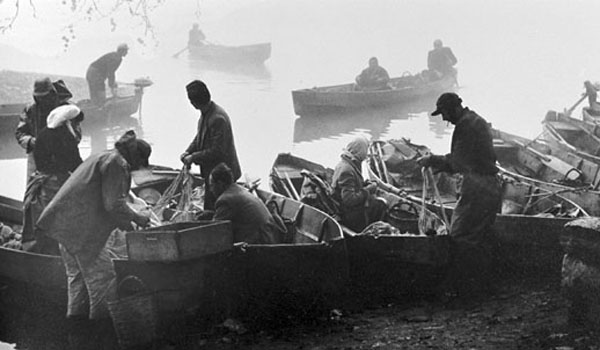
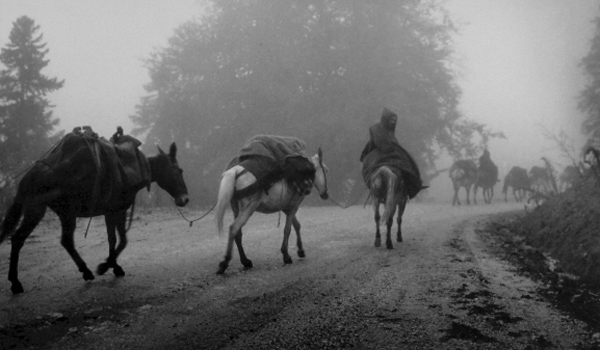
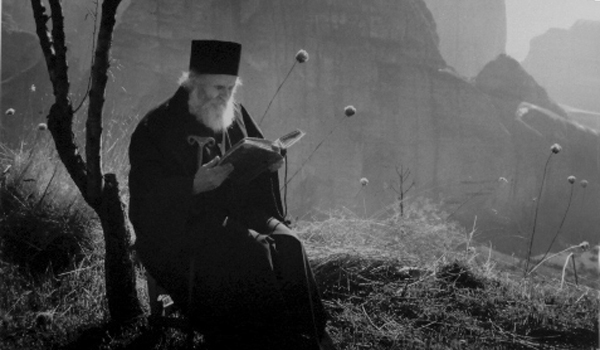
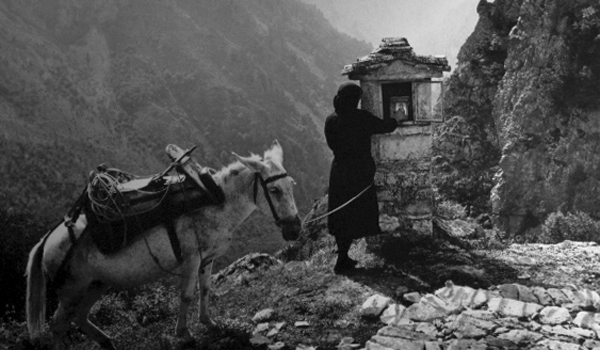
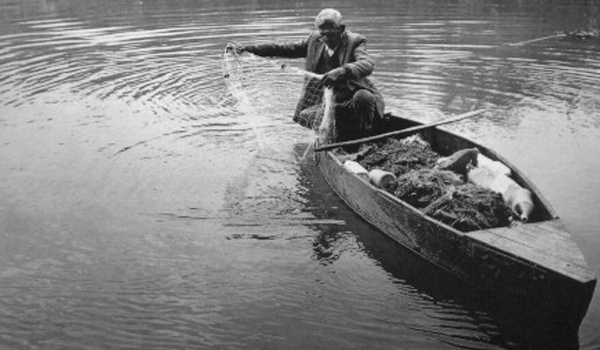
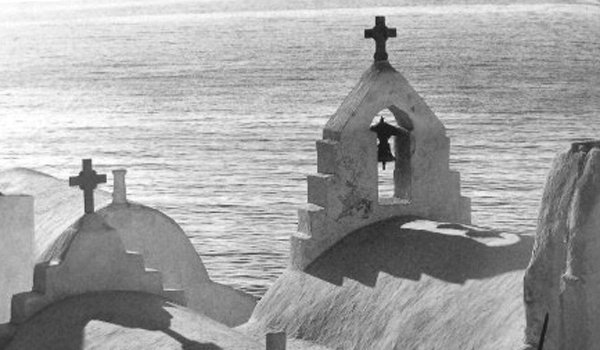
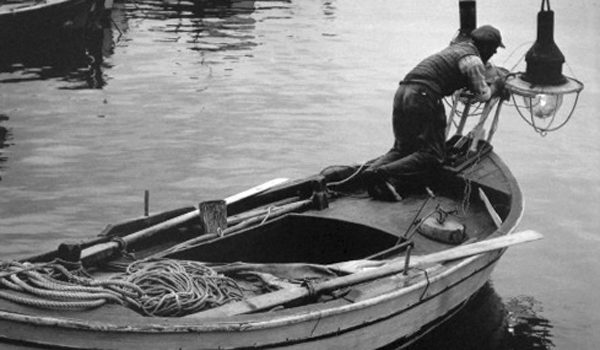
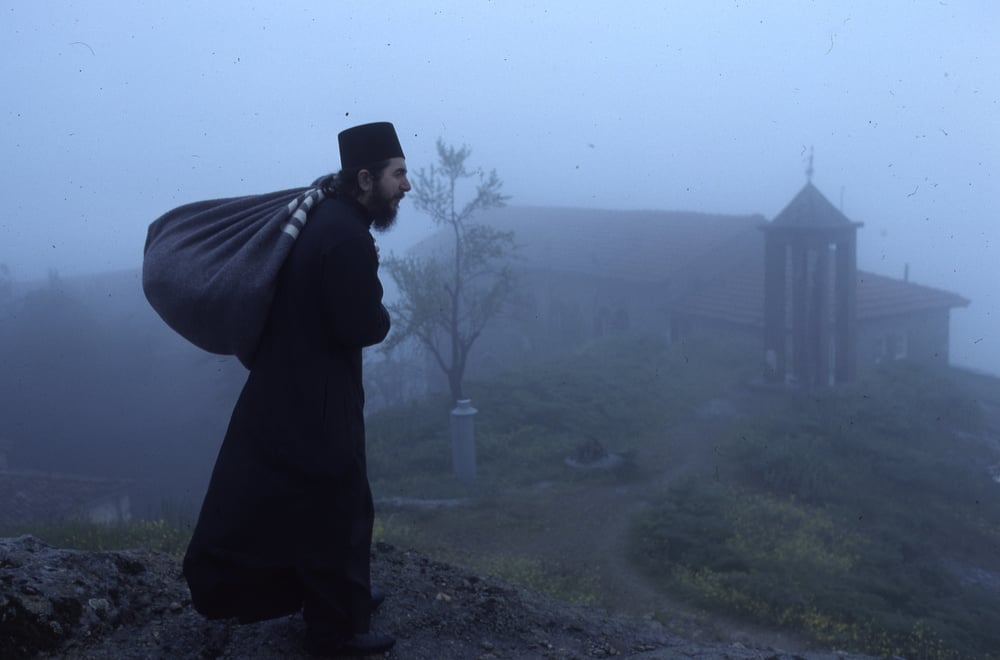
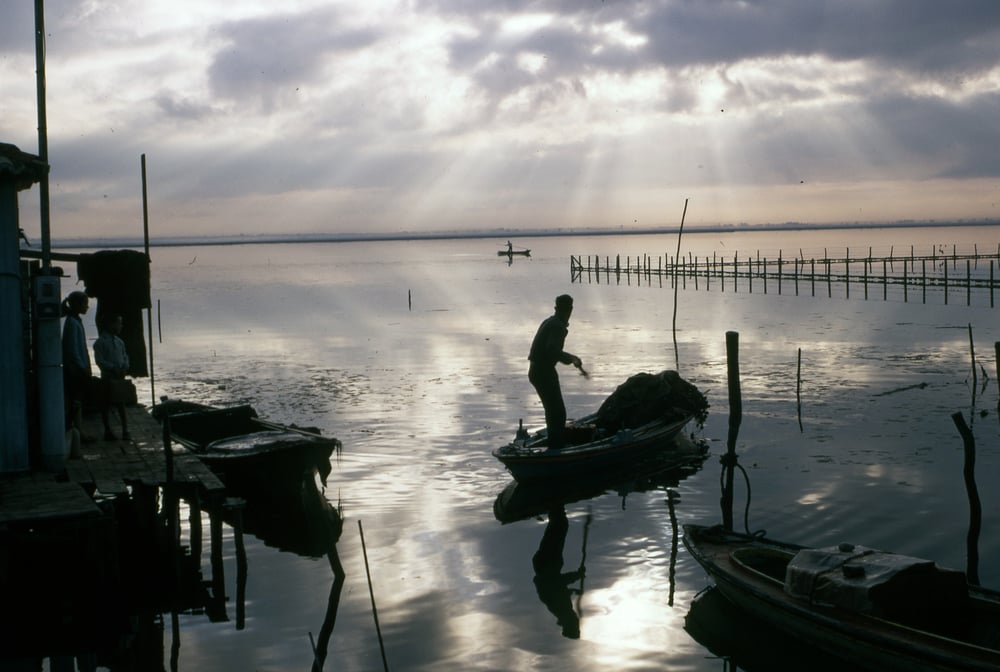
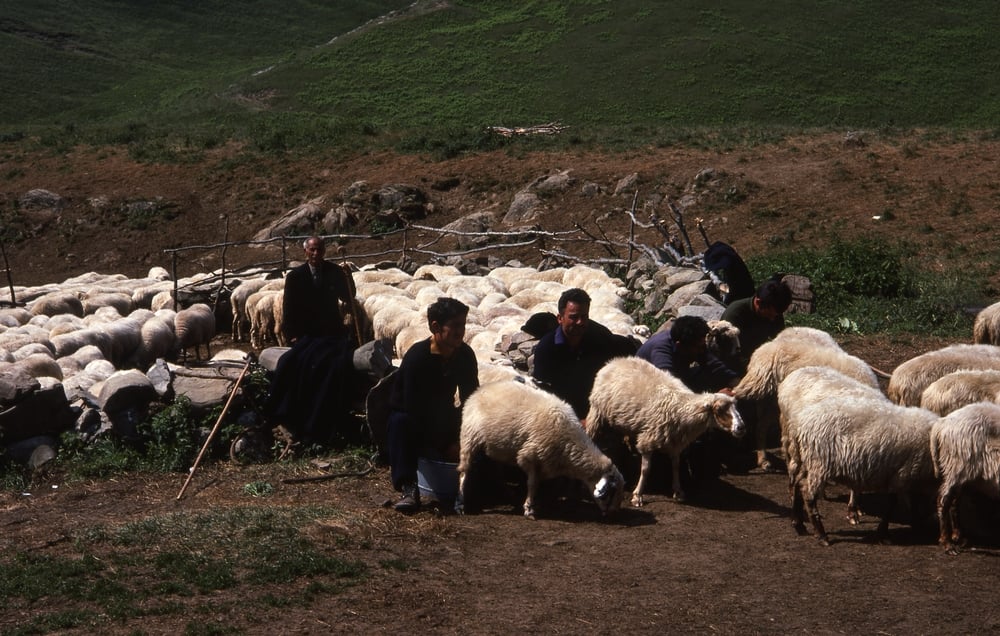
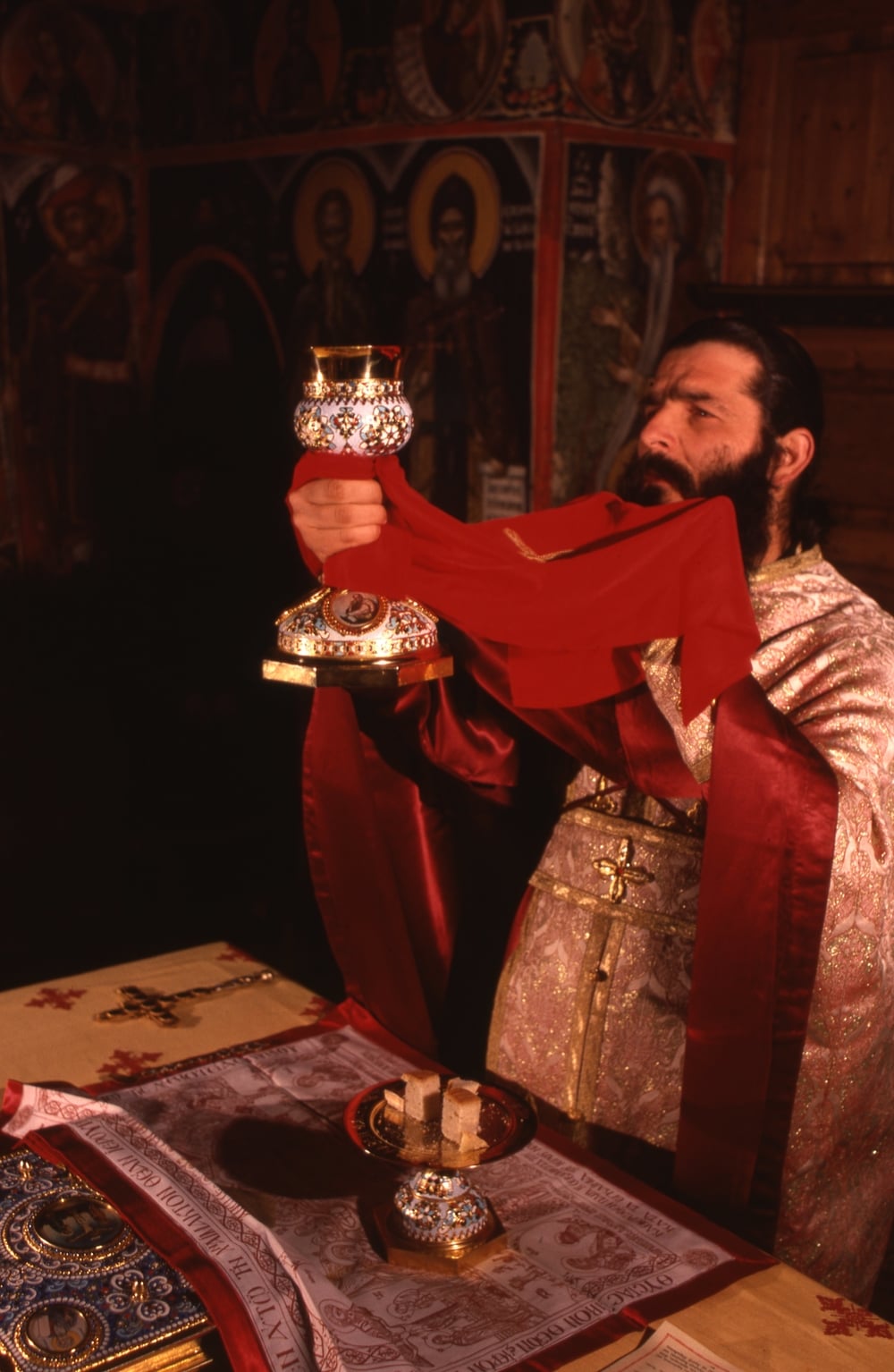
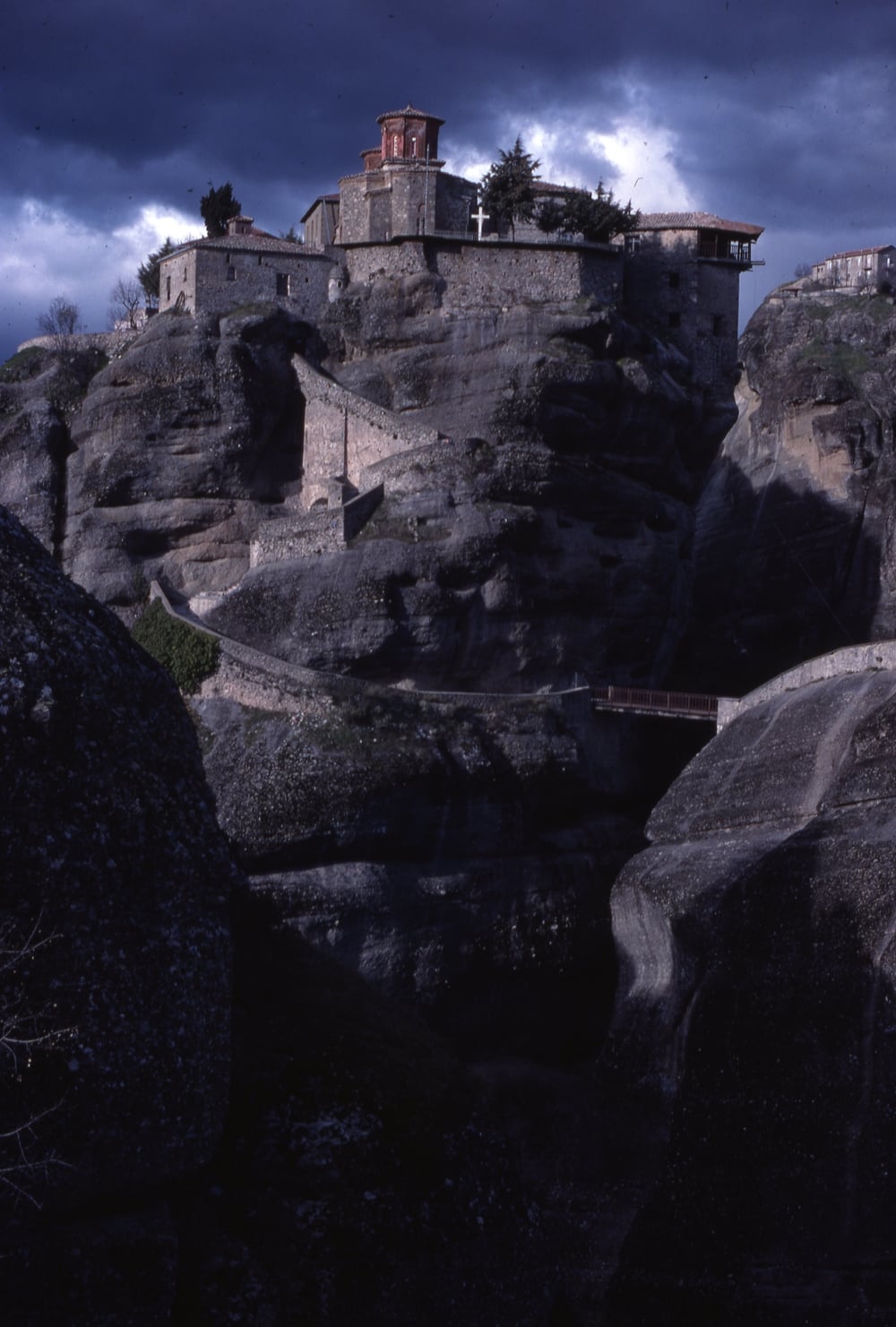
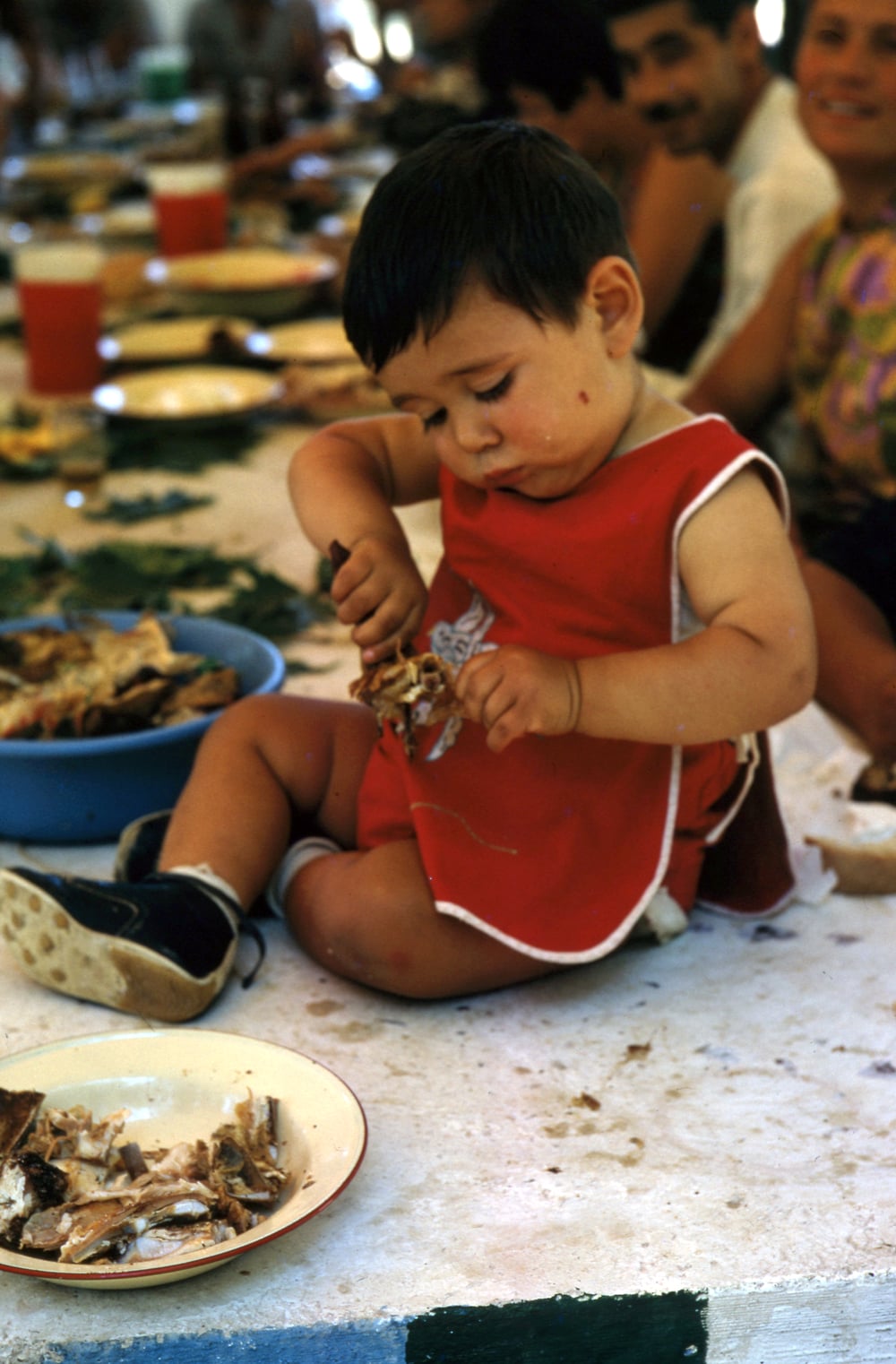
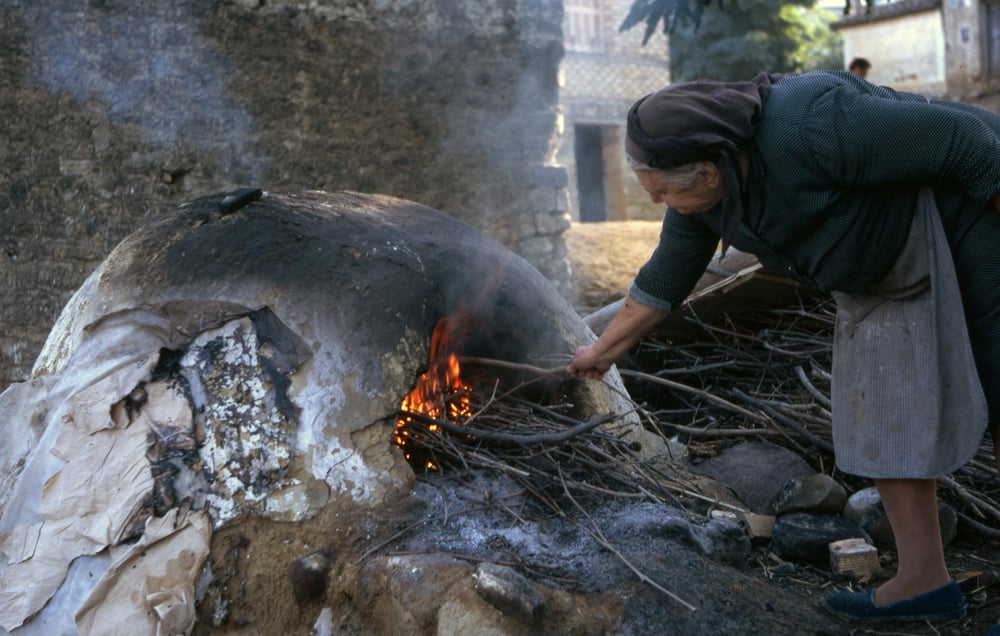
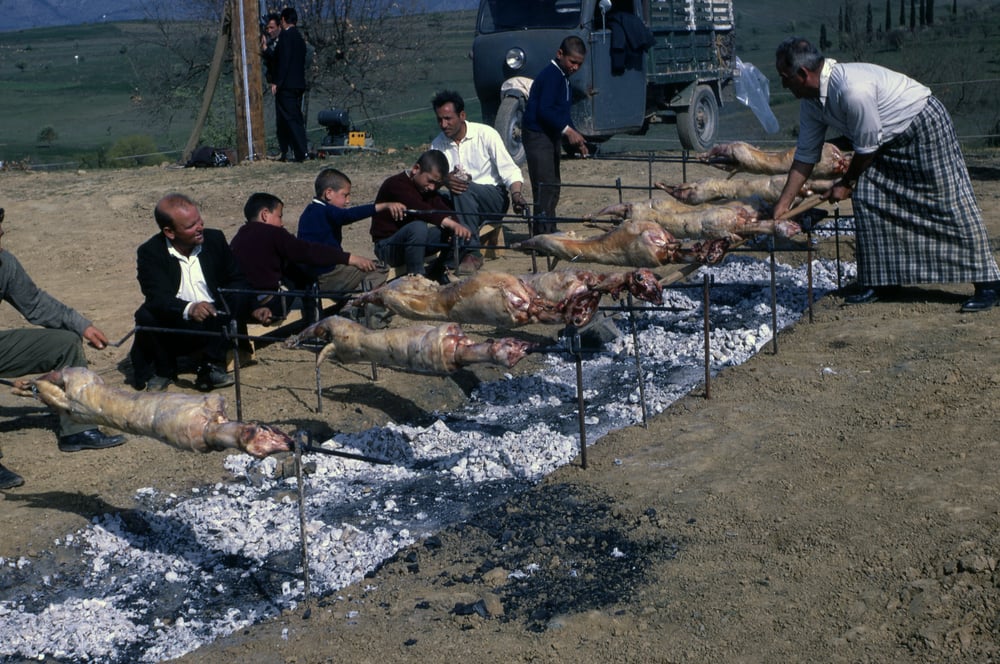
Dear Spiros
Thank you for your wonderful article showing the outstanding photography of Kostas Balafas. They show a true artist who understood his native country and its people and their traditions. But even that understanding could not achieve on its own what Kostas achieved with these photos. Cameras you can buy, technique you can learn, but to take a great image one must first frame to create the image that is in your mind. In every one of these photos Kostas has taken an image which tells a story and conveys a sense of his country and its people.
I visited your wonderful country for the first time 2 years ago, but none of my photos could remotely compare with the photos of Kostas. They have certainly encouraged me to go back there again, soon
William